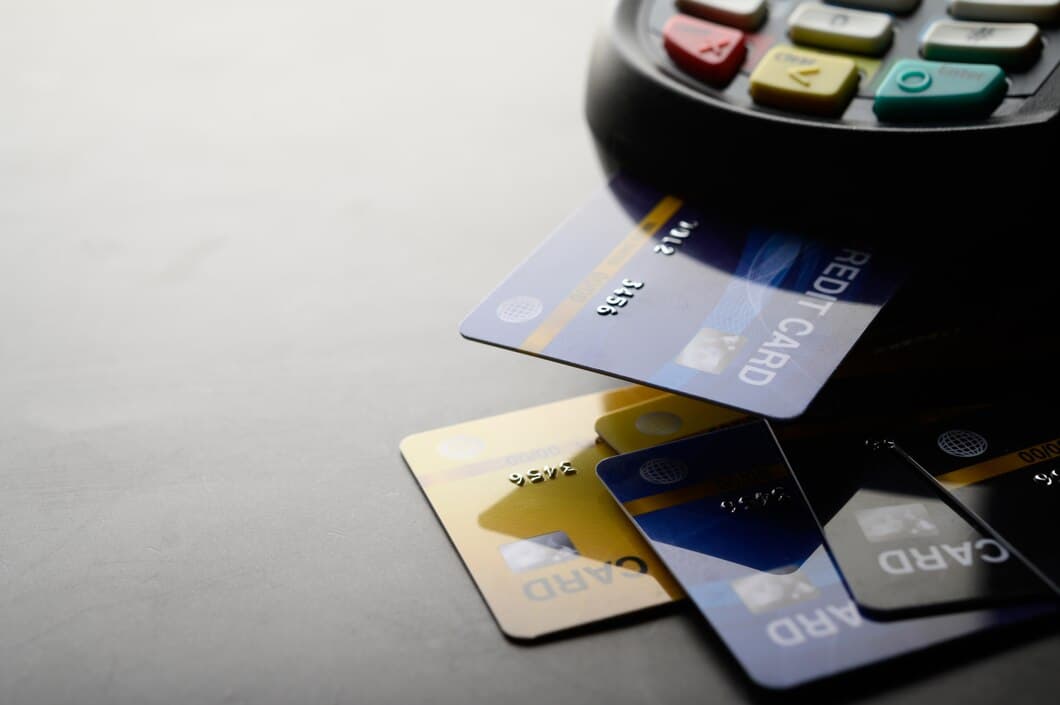How To Clean A Wireless Keyboard Without Damaging It?

Wireless keyboards are a popular choice for many users because they offer a number of advantages over traditional wired keyboards. They are more portable, they can be used with multiple devices, and they can help to reduce clutter on your desk. However, wireless keyboards can also be more difficult to clean than wired keyboards, as they have more nooks and crannies where dirt and dust can accumulate.
In this article, we will provide you with a step-by-step guide on how to clean a wireless keyboard without damaging it. We will also provide you with some tips on how to prevent your keyboard from getting dirty in the first place.
Unplug the keyboard.
Before you start cleaning your wireless keyboard, it's important to unplug it from your computer. This will help prevent any damage to the keyboard or your computer.
Once the keyboard is unplugged, you can start cleaning it. Use a soft, dry cloth to wipe down the keys and the surface of the keyboard. If there is any dirt or debris stuck in the keys, you can use a cotton swab to gently remove it.
If the keyboard is particularly dirty, you can use a mild soap and water solution to clean it. Apply the solution to a cloth and then wipe down the keyboard. Be sure to dry the keyboard thoroughly with a clean cloth before plugging it back into your computer.
By following these simple steps, you can clean your wireless keyboard without damaging it. This will help keep your keyboard looking and working its best.
Flip the keyboard upside down.
To clean a wireless keyboard thoroughly, start by turning it upside down and shaking it gently to dislodge any loose debris that may be stuck between the keys. This will help remove crumbs, dust, and other small particles that can accumulate over time and affect the functionality of the keyboard.
Next, use a soft-bristled brush or a compressed air can to gently remove any remaining dust or debris from the surface of the keys and in between the keys. Be careful not to use too much force, as this could damage the delicate components of the keyboard.
Finally, wipe down the entire keyboard with a soft, slightly damp cloth to remove any remaining smudges or fingerprints. Be sure to unplug the keyboard before wiping it down, and avoid using harsh cleaners or detergents, as these could damage the surface of the keyboard.
Use a soft brush to remove loose debris.
Use a soft brush to gently remove any loose debris or dust from your wireless keyboard. A soft brush will help to remove any particles that may be stuck in the keys and will not damage the delicate components of the keyboard.
Start by brushing in the direction of the keys. This will help to loosen any debris and make it easier to remove.
Once you have brushed in the direction of the keys, you can start brushing in the opposite direction. This will help to remove any remaining debris and will also help to clean the sides of the keys.
Finally, use a soft cloth to wipe down the keyboard and remove any remaining dust or debris. This will help to keep your keyboard clean and functioning properly.
Use compressed air to remove dust and debris.

Wipe down the keyboard with a damp cloth.
Once the keys have been removed, you can wipe down the keyboard with a damp cloth. Make sure to use a cloth that is slightly damp, not soaking wet. You don't want to damage the keyboard by getting water inside it.
Wipe down the entire surface of the keyboard, including the keys and the space between them. Be sure to get into all the nooks and crannies. Once you have wiped down the keyboard, allow it to air dry completely before reattaching the keys.
If you are dealing with a particularly dirty keyboard, you may need to use a mild soap solution to clean it. Mix a few drops of dish soap with water in a small bowl. Dip a cloth into the solution and wring it out so that it is only slightly damp. Wipe down the keyboard with the soapy cloth, and then wipe it down again with a clean, damp cloth to remove any soap residue.
Use a cotton swab to clean the keys.
To clean the keys, you'll need a cotton swab. Dip the swab in rubbing alcohol and gently wipe down each key. Be sure to get in between the keys and around the edges. If there is any stubborn dirt or grime, you can use a toothpick to gently scrape it away.
Once you've cleaned the keys, use a clean cotton swab to dry them off. This will help to prevent any streaks or water spots from forming.
If your keyboard has any special keys, such as volume controls or media keys, you'll need to clean them carefully. These keys are often more delicate than the regular keys, so be sure to use a light touch.
Once you've cleaned all of the keys, your keyboard should be clean and free of dirt and grime. Be sure to clean your keyboard regularly to keep it in good condition.
Dry the keyboard thoroughly.
To avoid any damage and ensure the longevity of your keyboard, allow ample time for it to dry thoroughly before putting it back into use. Leaving any moisture on or inside the keyboard can cause corrosion or malfunction, leaving you with a non-functional device. Ensure the keyboard is completely dry by leaving it in a warm, dry place for several hours before plugging it back in. Avoid using a hair dryer or other heat source to dry the keyboard, as this could damage the delicate components and circuitry.
While waiting for your keyboard to dry, take advantage of this time to clean the other parts of your computer system. Once the keyboard is completely dry, reassemble the components and test the keyboard to ensure it is functioning correctly. If any issues arise, consult the user manual or seek professional assistance.
Remember, the longevity of your wireless keyboard depends on proper maintenance and care. Regular cleaning and thorough drying after cleaning will help prevent damage and extend its lifespan. By following these simple steps, you can keep your wireless keyboard in pristine condition and ensure years of reliable use.
Plug the keyboard back in.
Once the is clean and dry and the keys are clean and dry, you can now plug the keyboard back into the computer. Make sure that the keyboard is fully plugged in and that the connection is secure. If the keyboard is not plugged in properly, it may not work correctly.
Once the keyboard is plugged in, you can turn on the computer and test the keyboard to make sure that it is working properly. If the keyboard is not working properly, you may need to unplug the keyboard and plug it back in to make sure that the connection is secure.
Test the keyboard.
Once you're done cleaning the keyboard, it's important to test it to make sure it's working properly. Plug it back into your computer and type a few sentences to see if all the keys are working. If any keys are not working, you may need to clean them again or replace them.
To test the keyboard, you can use a simple text editor or word processing program. Type a few sentences and check if all the letters and symbols appear correctly. If any keys are not working, try pressing them several times to see if they start working. If they still don't work, you may need to clean them again or replace them.
If all the keys are working properly, you can now use your keyboard as usual. Be sure to clean it regularly to keep it in good condition.
If you're having trouble testing the keyboard, you can try using a different computer or USB port. You can also try resetting the keyboard to its factory settings. If you're still having problems, you may need to contact the manufacturer for assistance.
Frequently Asked Questions
What type of cloth should I use to clean my wireless keyboard?
Use a soft, lint-free cloth, such as a microfiber cloth. Avoid using abrasive cloths or paper towels, as these can scratch the surface of the keyboard.
Can I use water to clean my wireless keyboard?
No, you should not use water to clean your wireless keyboard. Water can damage the electrical components of the keyboard and cause it to malfunction.
How often should I clean my wireless keyboard?
You should clean your wireless keyboard regularly, especially if you use it frequently. Dust and dirt can build up on the keyboard over time, which can affect its performance.
How can I clean the keys on my wireless keyboard?
You can use a cotton swab or a soft brush to gently clean the keys on your wireless keyboard. Be careful not to press too hard, as this can damage the keys.
Conclusion
In conclusion, cleaning a wireless keyboard is a simple yet essential task for maintaining its functionality and longevity. With the right approach and tools, you can effectively remove dirt, grime, and bacteria without damaging its delicate components. Remember to take precautions such as unplugging the keyboard, using gentle cleaning solutions, and avoiding excessive moisture. By following these steps diligently, you can keep your wireless keyboard clean and hygienic, ensuring a seamless and enjoyable typing experience.
Furthermore, regular cleaning not only improves hygiene but also prolongs the life of your keyboard by preventing the accumulation of debris and corrosion. By taking a few minutes to clean your keyboard regularly, you can save time and money in the long run by avoiding costly repairs or replacements. Invest in a clean and well-maintained wireless keyboard for optimal performance and enhanced productivity.




